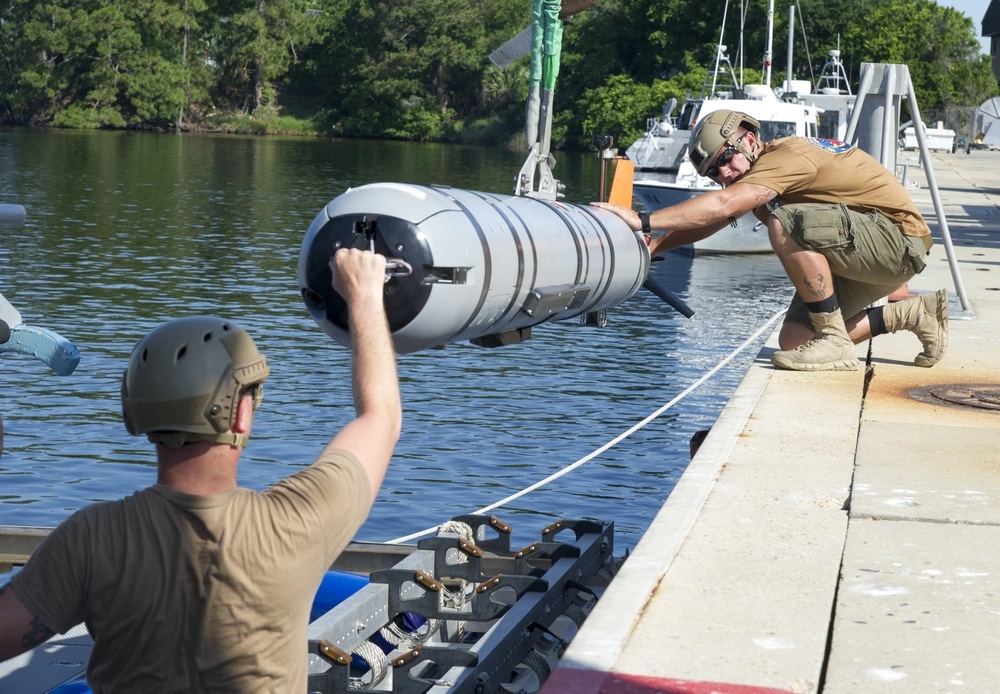During war games off the coast of Portugal, the North Atlantic alliance tested a new underwater drone that utilizes artificial intelligence. NATO says the new technology is a message to Russia.
Last week, NATO concluded 12 days of military drills testing the abilities of a new submarine drone. The craft uses AI to detect activity underwater. The North Atlantic alliance hopes to deploy the drones around submerged infrastructure to detect any operations.
Bloomberg reported that Lieutenant General Hans-Werner Wiermann, head of NATO’s cell for protecting undersea infrastructure, explained the drills were meant as a statement to Moscow. He explained that real-time detection “sends a deterrence signal to the enemy, be it Russia or somebody else.”
The war games were conducted on the one-year anniversary of the destruction of the Nord Stream pipelines, the most consequential attack on an underwater infrastructure in history. While NATO said Russia needed to be deterred from conducting similar operations, Kelley Vlahos, editorial director of Responsible Statecraft, explained in a recent article that the prevailing evidence points to either Washington or Kiev conducting the operation.
The war games were conducted amid a major military buildup in the North Atlantic alliance aimed at Russia. Last month, dozens of anti-drone systems were tested by the bloc in the Netherlands. NATO hopes to develop weapons capable of taking out small drones.
In September, NATO continued its military buildup in the eight countries it dubs the “eastern flank.” Washington deployed four F-16s to Romania, NATO-owed spy planes were sent to Lithuania, and Bucharest moved its air defense to a region bordering Ukraine. Estonia and Latvia jointly agreed to buy new air defenses from Germany, and the Baltic states have announced that a border wall would be built along the borders of Russia and Belarus.
The Kremlin views the Brussels-based alliance’s eastward expansion as an existential threat. Before ordering the invasion of Ukraine, Russian President Vladimir Putin attempted to negotiate with the US on Ukrainian neutrality and the NATO buildup in Eastern Europe to avert war. The White House did not believe the Kremlin’s offer was sincere and rejected the diplomatic path.








